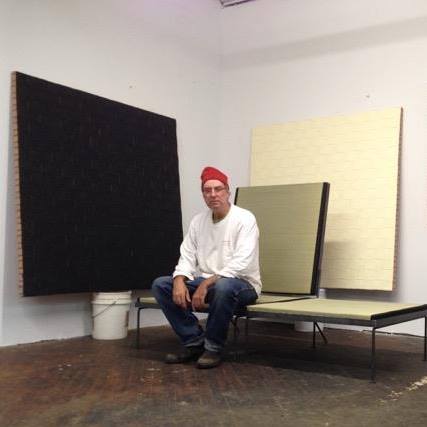Schwarz
View current page
...more recent posts
One day in the winter of 2003, John Hon opened an e-mail to Single Speed Design the architecture firm he runs with his wife Jinhee Park, in Cambridge, Massachusetts. It was from a structural engineer named Paul Pedini, who said that he had seen a Single Speed project and liked it so much that he wanted to hire the firm for an unusual project. He explained that he worked at a contracting company that had spent decades on the Big Dig, the huge project to replace Boston’s elevated Centra Artery with a tunnel, and that he had come up with the idea of using steel and concrete salvaged from the project to put up a building. “It would be sort of like Junkyard Wars meets Habitat for Humanity,” he wrote.
Hong wondered how to respond. “You get a lot of weird e-mails if you put your sign in front of a construction site,” he said. But he and Park went to meet Pedini in a junk yard a few miles north of Boston where the company was storing highway sections. “When I saw all this stuff, I realized he was serious,” Hong said.
clark kent supply co
fake cigarette burn
baudrillard and form :
Consider the shades of Lacan in the discussion of the real. One of the three registers (along with the imaginary and the symbolic), the real is barred from entry into the ego at the mirror stage, the moment of identification that is constituted on an image, that constitutes the imaginary basis of objectivity - we (as "I") are constituted by our (as "my") images in another. The subject takes an image for self, and the "I" condenses into a form, a fictional wholeness the ego never attains. The illusion of form is the specular "I" that the subject may never match - note that this is prior to the subject's linguistic entry into the world, prior to the association of the subject with the language that will become the horizon of its possibilities.
Baudrillard is making a point about the power of simulation vs. representation - "the latter," writes Baudrillard, "starts from the principle that the sign and the real are equivalent" (11). So the specular "I" molds itself by power of such an assumption. The entry into language transfers the power of the specular "I" into language - the sign becomes the more scientifically accessible relationship between signifier and signified, assuming the force of the real. But we know that the image cannot represent the full force of the real - if the real is irreducible, how is it reduced to an image? And if it can't be represented, how do we come to know it? The viewer seeks to be united with the view, but there is always that barrier to true integration with the real. So some of the power of origin is granted to the sign, in order to make the origin's power known to us. Baudrillard then continues:
Conversely, simulation starts from the utopia of this principle of equivalence, from the radical negation of the sign as value, from the sign as reversion and death sentence of every reference. Whereas representation tries to absorb simulation by interpreting it as false representation, simulation envelops the whole edifice of representation as itself a simulacrum." (11)
From Kenneth Frampton's Studies In Tectonic Culture, on Meis, building and form :
As he put it in an interview with Christian Norberg-Schultz in 1958 "We do not like the word 'Design.' It means everything and nothing. Many believe they can do everything from design a comb to planning a railway station - the result is nothing is good. We are only interested in building. We would rather that architects use the word 'building' and the best results would belong to the 'art of building.' "
[...]
We refuse to recognise the problems of form, but only problems of building.
Form is not the aim of our work, but only the result.
Form by itself, does not exist. Form as an aim is formalism; and that we reject.
Essentially our task is to free the practice of building from the control of the aesthetic speculators and restore it to what it should be: building.
